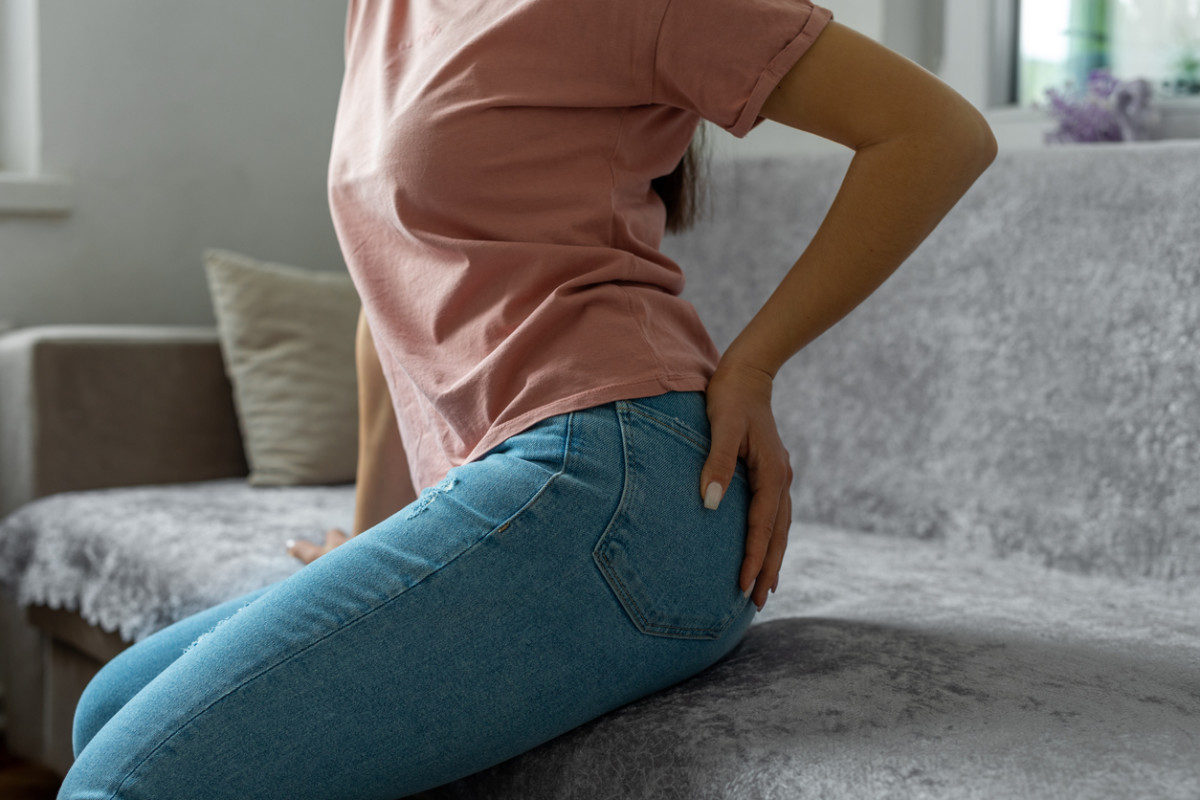Why Does My Butt Hurt When I Sit? A Guide to Understanding and Soothing Seat Pain
Sitting is an essential part of our daily lives, but for many, it can also be a source of discomfort. Pain in the buttocks, often referred to as butt pain or coccydynia, can significantly impact your quality of life. This guide delves into the potential causes of seat pain and offers solutions to find relief and get you back to sitting comfortably.
Understanding Your Buttocks: A Complex Network
The buttocks, also known as the gluteus muscles, are a group of muscles responsible for hip movement, stability, and power. Sitting applies pressure to several key areas in this region:
- Ischial Tuberosity: These are the two bony prominences at the bottom of your pelvis, where most of your weight rests while sitting.
- Coccyx: The coccyx, also known as your tailbone, is a small, triangular bone at the very bottom of your spine.
- Piriformis Muscle: This deep hip muscle sits near the sciatic nerve. Tightness or inflammation in this muscle can contribute to sciatica, a type of pain that radiates down the leg.
- Sciatic Nerve: The sciatic nerve, the longest nerve in the body, runs through the buttocks and down the leg. Pain or irritation in this nerve can cause sciatica.
Common Causes of Buttock Pain When Sitting:
Several factors can contribute to pain when sitting:
- Prolonged Sitting: Sitting for extended periods puts continuous pressure on the ischial tuberosity, which can lead to pain and discomfort.
- Poor Posture: Slouching or hunching while sitting can strain your back muscles and put undue pressure on your buttocks.
- Inadequate Chair Design: Chairs that lack proper lumbar support or are too hard can cause discomfort and pain over time.
- Muscle Strain or Tightness: Tightness or overuse of the gluteal muscles or piriformis muscle can lead to pain when sitting.
- Bursitis: Bursitis is an inflammation of the fluid-filled sacs that cushion your bones. Ischial bursitis, an inflammation of the bursa near the ischial tuberosity, can cause pain while sitting.
- Hemorrhoids: Hemorrhoids are swollen veins in the rectum or anus, which can be exacerbated by sitting for long periods.
- Sciatica: As mentioned earlier, sciatica, characterized by pain radiating down the leg, can be triggered by sitting due to irritation of the sciatic nerve.
- Medical Conditions: Certain medical conditions, such as arthritis or spinal stenosis, can contribute to buttock pain while sitting.
Strategies to Soothe Seat Pain:
If you’re experiencing pain when sitting, here are some steps you can take to find relief:
- Improve Your Posture: While sitting, maintain an upright posture with your shoulders back and your feet flat on the floor. Consider using a lumbar support pillow for added comfort.
- Take Sitting Breaks: Get up and move around every 20-30 minutes to improve circulation and reduce pressure on your buttocks.
- Invest in an Ergonomic Chair: Choose a chair with good lumbar support, adjustable armrests, and a seat cushion that conforms to your body shape.
- Apply Heat or Ice: Applying a heating pad to your buttocks can help relax tight muscles, while ice packs can reduce inflammation.
- Stretching and Strengthening Exercises: Regularly stretching your hamstrings, glutes, and hip flexors can improve flexibility and reduce pain. Strengthening your core muscles can also improve posture and alleviate pressure on your buttocks.
- Over-the-counter pain relievers: Pain relievers like ibuprofen or acetaminophen can help manage pain temporarily.
When to See a Doctor:
If your buttock pain is severe, persistent, or accompanied by other symptoms like numbness, tingling, or weakness in your legs, consult a doctor to determine the underlying cause and get proper treatment.
FAQ: Frequently Asked Questions About Buttock Pain When Sitting
- What is the best way to sit to avoid buttock pain?
Maintain an upright posture with your shoulders back and feet flat on the floor. Distribute your weight evenly across both buttocks and avoid crossing your legs.
- Can a cushion help with buttock pain while sitting?
A gel or memory foam cushion can help distribute pressure more evenly while sitting and provide additional comfort.
- What exercises can help with buttock pain?
Stretching exercises for your hamstrings, glutes, and hip flexors, along with core strengthening exercises, can improve flexibility and reduce pain.
- How long does buttock pain from sitting typically last?
With improved posture, taking sitting breaks, and proper stretches, pain from short-term sitting should subside within a few days.






More Stories
Where to Watch USMNT vs Jamaica National Football Team
How I Met My Monster
How Should a Ring Fit